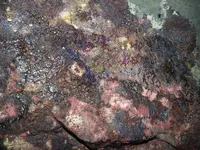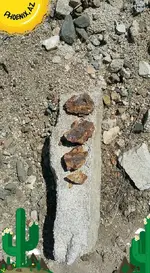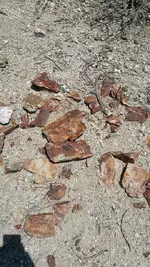SaltwaterServr
Sr. Member
I work for a automated car wash manufacturer that also sells chemicals, we have hundreds of 5, 15, 30 and 55 gal plastic empty drums at our warehouse, most carwash companies do. Most are also willing to give them to whoever wants them, I know ours does. Might be worth it to check with any of these companies near you and ask if you can take a few I'm thinking they would let you no problem.
Do ya'll get the ones that the entire top screws off or just has the single port?








